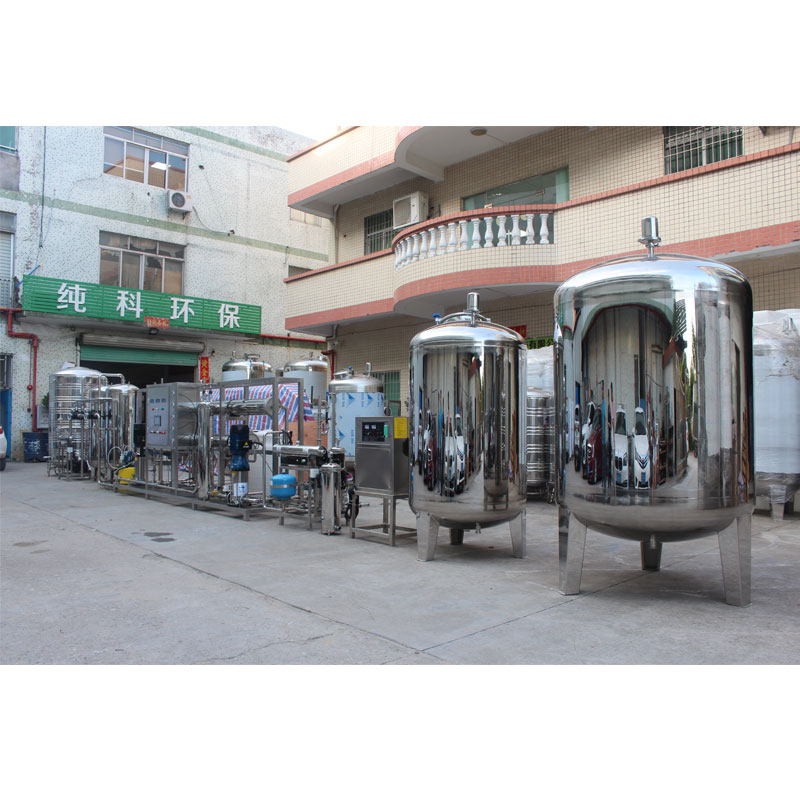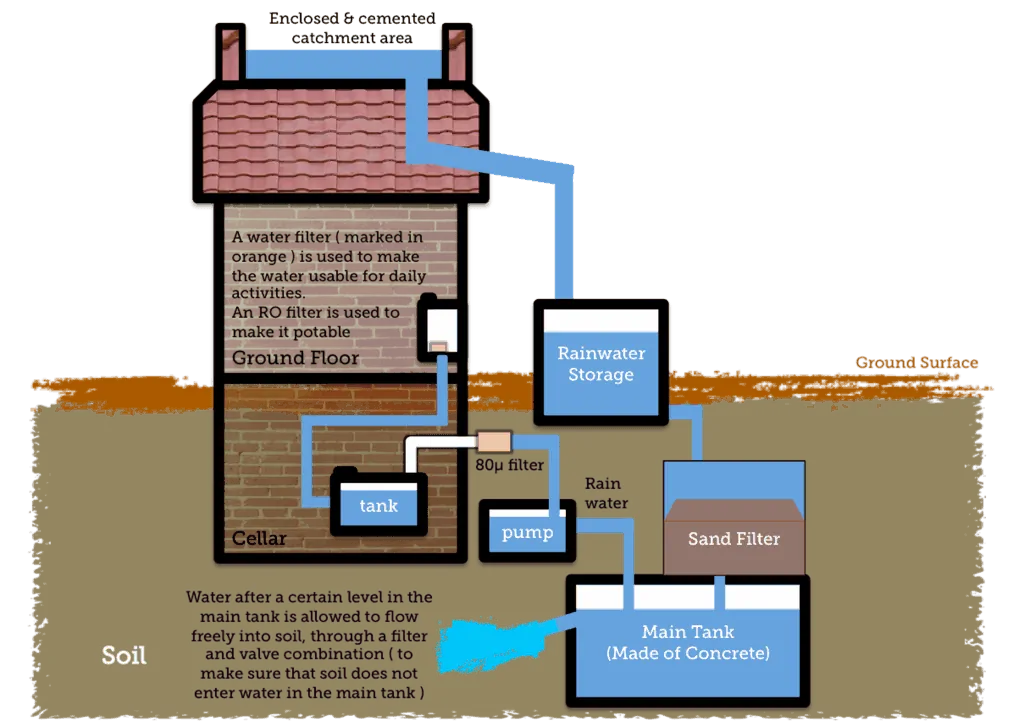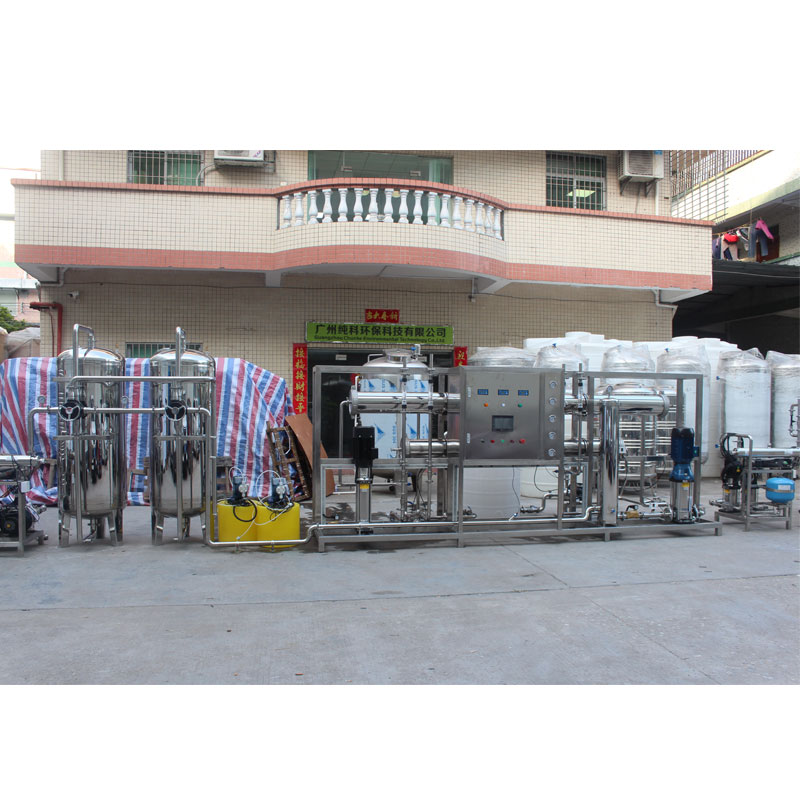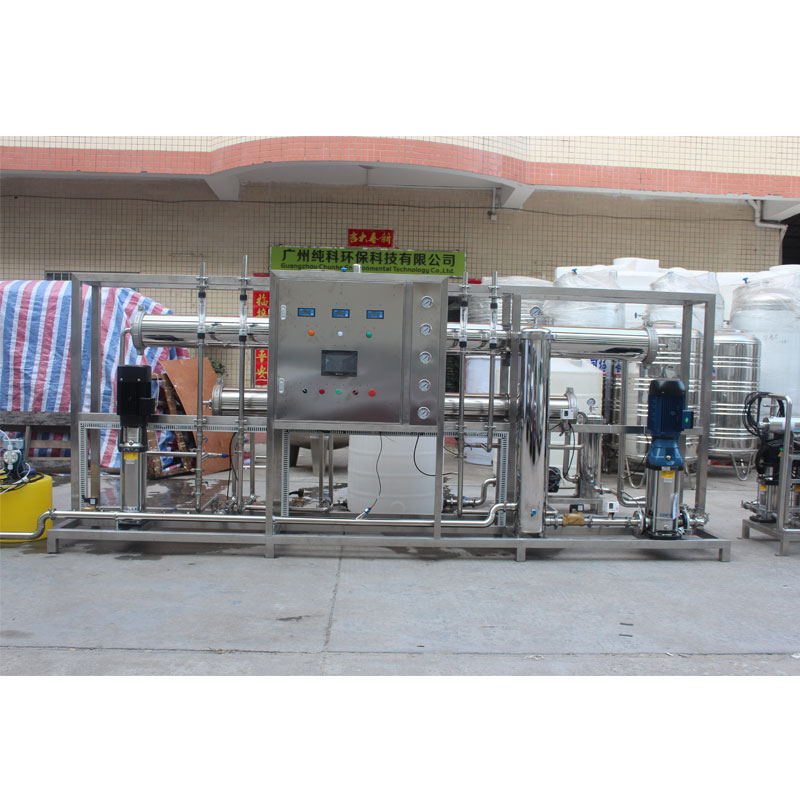What is the best rainwater collection and filtration system?
As a sustainable water resource solution, the rainwater collection and filtration system can not only relieve water resource pressure, but also provide clean water for households, agriculture and industry.
So, what kind of rainwater collection and filtration system is the best? This article will explore the definition, key components, working principle, main technology and performance of the best rainwater collection and filtration system in different application scenarios.

What is a rainwater collection and filtration system?
A rainwater collection and filtration system is a device that collects, stores and filters rainwater to provide reusable water resources. The system usually consists of a roof, a rainwater collector, a water storage tank, a filter and a water pipeline. Through reasonable design and efficient management, the rainwater collection and filtration system can provide clean water for households, agriculture and industry, and relieve the pressure on tap water supply.
What are the key components of the rainwater collection and filtration system?
The key components of the rainwater collection and filtration system are: roof, rainwater collector, water storage tank, filter, water pipeline.
1. Roof: The roof is the initial part of rainwater collection. Roofs of different materials have an impact on the collection efficiency and water quality of rainwater. Metal roofs and ceramic tile roofs are usually better choices because they reduce the accumulation of pollutants and secondary contamination of rainwater.
2. Rainwater collector: The design of the rainwater collector determines the overall efficiency and water quality of the system. An efficient rainwater collector should be able to maximize the capture of rainwater while preventing impurities and pollutants from entering the system. Common collectors include eaves gutters and rainwater guides.
3. Water storage tank: The water storage tank is used to store the collected rainwater. Its material and design directly affect the water quality and storage efficiency. High-quality water storage tanks should be leak-proof, corrosion-resistant and UV-resistant. Common materials include polyethylene, stainless steel and concrete.
4. Filter: The filter is a key component to ensure the quality of rainwater. It can remove sediment, leaves, bacteria and other impurities in the water. According to the different filtration accuracy and technology, the filters are divided into three categories: coarse filtration, fine filtration and ultrafiltration. The combination of filters can provide the best filtration effect.
5. Water pipeline: The water pipeline connects various components to ensure that the rainwater is not contaminated during the collection, filtration and transportation process. High-quality water pipes should be durable, leak-proof and easy to clean. Common materials include PVC, stainless steel and polyethylene.

How does a rainwater collection and filtration system work?
The working principle of a rainwater collection and filtration system can be divided into four main steps: collection → storage → filtration → delivery.
1. Collection: Rainwater flows from the roof into the rainwater collector and enters the water storage tank through the eaves gutter or rainwater guide. During this process, rainwater should be prevented from being contaminated by impurities on the roof as much as possible.
2. Storage: The collected rainwater enters the water storage tank for preliminary sedimentation to remove larger particles and suspended matter. The water storage tank should be reasonably designed and have good sealing to prevent impurities from entering and water evaporation.
3. Filtration: The stored rainwater is treated with multi-stage filters to remove mud, leaves, bacteria and other impurities in the water. The coarse filter mainly removes larger particles, the fine filter removes smaller particles and some microorganisms, and the ultrafilter can further remove bacteria and viruses.
4. Transportation: The filtered rainwater is transported to the point of use through the water pipeline for irrigation, cleaning, flushing toilets or other non-drinking water purposes. During the transportation process, the pipeline should be kept clean to prevent secondary pollution.
What is the best rainwater collection and filtration system?
The main technologies of the best rainwater collection and filtration system: initial rainwater separation technology, multi-stage filtration technology, UV disinfection technology, automatic cleaning technology, intelligent control technology.
1. Initial rainwater separation technology:
The initial rainwater separation technology separates the initial polluted rainwater (that is, the rainwater collected within the initial 10-15 minutes of rainwater, which usually contains higher pollutants) to prevent it from entering the water storage tank, ensuring that the subsequent collected rainwater is of high quality.
2. Multi-stage filtration technology:
The multi-stage filtration technology can efficiently remove various impurities and pollutants in rainwater through the combination of coarse filtration, fine filtration and ultrafiltration, and provide a clean rainwater source. Coarse filters usually use metal mesh or plastic mesh, fine filters usually use activated carbon and sand filtration, and ultrafilters use ultrafiltration membrane technology.
3. UV disinfection technology:
UV disinfection technology kills bacteria and viruses in rainwater through ultraviolet irradiation to ensure the sanitation and safety of rainwater. UV disinfectors are often used in the last treatment step of the system to provide final microbial control.
4. Automatic cleaning technology:
Automatic cleaning technology can regularly clean rainwater collectors and filters to prevent impurities from accumulating and clogging, and improve the operating efficiency and service life of the system. Automatic cleaning systems usually include components such as timers, flushing devices and drain valves.
5. Intelligent control technology:
Intelligent control technology uses sensors and automatic controllers to monitor and adjust the operating parameters of the system in real time, such as water level, water quality, flow and pressure, to ensure stable and efficient operation of the system. Intelligent control systems can achieve remote monitoring and automatic alarms, providing higher safety and convenience.

What are the application scenarios of rainwater collection and filtration systems?
The application scenarios of rainwater collection and filtration systems include: family residences, agricultural irrigation, commercial buildings, and industrial production.
1. Family residences: Family rainwater collection and filtration systems are mainly used for non-drinking water purposes such as garden irrigation, car washing, toilet flushing and cleaning. An efficient household rainwater collection system can save tap water resources, reduce water costs, and improve the living environment.
2. Agricultural irrigation: Agricultural rainwater collection and filtration systems can provide a stable irrigation water source, especially in arid areas and areas with insufficient seasonal rainfall, and have important application value. High-quality rainwater irrigation systems can increase crop yields and reduce agricultural water pressure.
3. Commercial buildings: Commercial building rainwater collection and filtration systems are often used for non-drinking water purposes such as landscape irrigation, air conditioning cooling, car washing and toilet flushing, which can effectively reduce the water cost of buildings and improve the efficiency of water resource utilization.
4. Industrial production: Industrial rainwater collection and filtration systems are used for non-drinking water purposes such as cooling water, cleaning water and process water, which can reduce the dependence of industrial water on tap water, reduce production costs, and improve the environmental friendliness of enterprises.
5. Municipal facilities: Municipal rainwater collection and filtration systems are used for public green space irrigation, road cleaning and rainwater discharge treatment, etc., which can alleviate urban water supply pressure, improve the urban environment, and reduce rainwater runoff and flood disasters.

What are the selection criteria for the best rainwater collection and filtration system?
Selection criteria for the best rainwater collection and filtration system: water quality standards, system efficiency, equipment durability, maintenance convenience and cost-effectiveness.
1. Water quality standards: The best rainwater collection and filtration system should be able to provide high-quality water sources that meet the use requirements, remove suspended matter, bacteria and pollutants in the water, and ensure safe and stable water quality.
2. System efficiency: An efficient rainwater collection and filtration system should have a high rainwater collection rate and filtration efficiency, maximize the utilization rate of rainwater, and reduce water resource waste.
3. Equipment durability: A high-quality rainwater collection and filtration system should use durable materials and designs, have good corrosion resistance, UV protection and leak-proof performance, and ensure long-term stable operation.
4. Maintenance convenience: A rainwater collection and filtration system that is easy to maintain should have automatic cleaning and intelligent control functions, reduce the frequency and difficulty of manual maintenance, and improve the operating efficiency and service life of the system.
5. Cost-effectiveness: The best rainwater collection and filtration system should have a high cost-effectiveness, while providing high-quality water sources, maintaining reasonable investment and operating costs to ensure economic feasibility.
Conclusion on the Best Rainwater Collection and Filtration System
The best rainwater collection and filtration system is an important device that provides high-quality water through reasonable design and efficient management. Understanding its definition, key components, working principles, main technologies and application scenarios will help you choose and use a suitable rainwater collection and filtration system to improve water resource utilization efficiency and alleviate water resource pressure.




